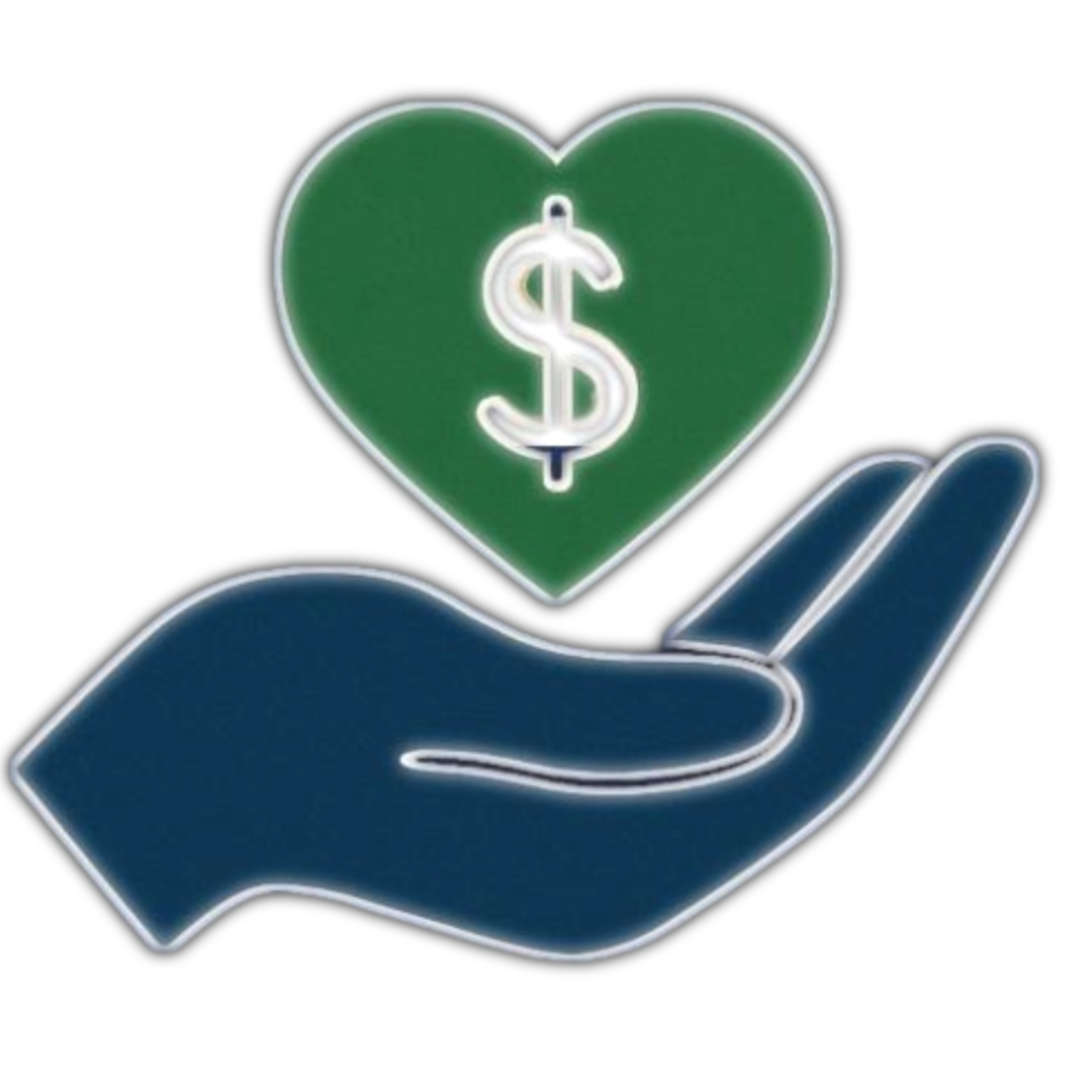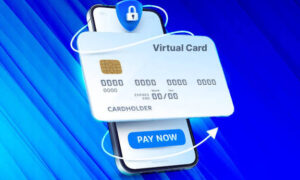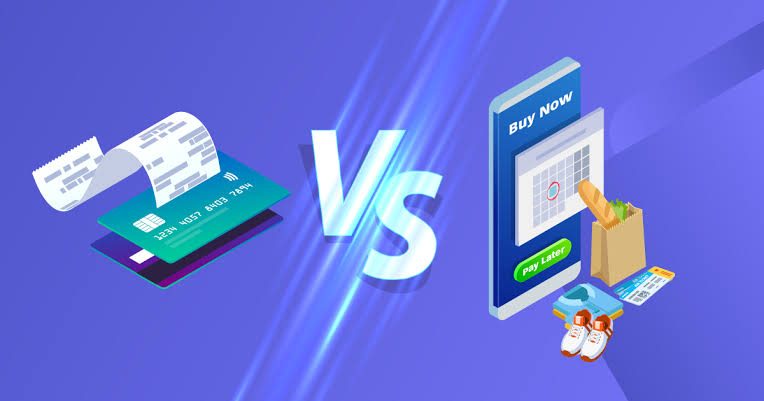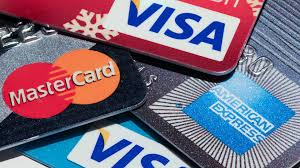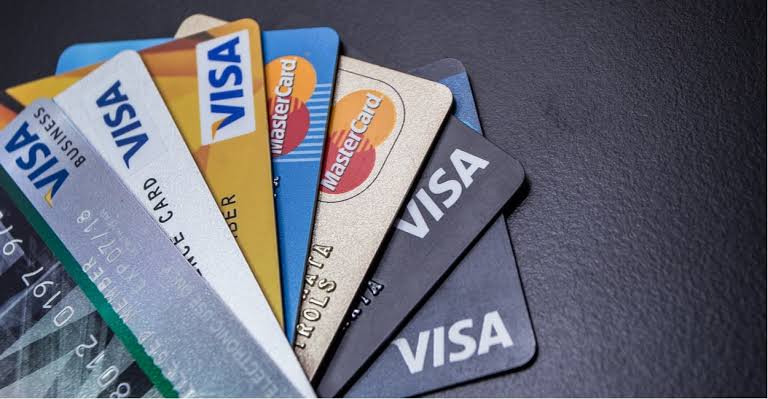
If your credit score is low, finding a credit card can feel discouraging. I’ve been in that position, applying for cards and facing rejections. I later found that unsecured cards can still be an option. They don’t require a deposit, and while they may come with higher fees, they can help rebuild credit if used carefully.
This guide explains what unsecured credit cards for bad credit are, why they may be useful, and which cards are commonly available. I’ll also share tips on how to use them wisely, how to avoid common mistakes, and a comparison table to make the decision process easier.
What is an unsecured credit card for bad credit?
An unsecured credit card gives you a credit line without asking for a deposit. The lender reviews your application and credit history before approval. For people with bad credit, these cards usually come with low credit limits and higher annual fees.
If you compare them with secured credit cards, which require a deposit, you’ll see that secured cards are often cheaper and easier to manage. But if you don’t have spare cash for a deposit, unsecured cards can still help. According to Bankrate’s unsecured card guide, unsecured cards may cost more but they can still build credit because they report to the major credit bureaus.
Why I might choose an unsecured card
I would choose an unsecured card if I didn’t have cash for a deposit or if I wanted a card that could report to the credit bureaus right away. The key is making sure the fees are not too high.
Before applying, I check if the card reports to all three credit bureaus and if the terms are clear. When both conditions are met, the card can become a short-term tool to rebuild my score.
Common unsecured card options
Here are some unsecured cards that people with bad credit often consider. Always check current offers since fees and terms change.
Indigo Platinum Mastercard
The Indigo Platinum is built for people with imperfect credit. Some applicants get approved even with recent issues in their credit history. While it may charge an annual fee, NerdWallet’s review of Indigo explains how it helps people get started with rebuilding credit.
Credit One Bank Platinum Visa for Rebuilding Credit
Credit One is one of the largest issuers for people with poor credit. Their Platinum Visa often includes small cash back rewards. The trade-off is possible annual fees, which are explained clearly in Credit One’s official Platinum Visa page.
Milestone Mastercard
The Milestone card is another unsecured option that reports to all three credit bureaus. Many reviews point out its role in credit building when balances are kept low. Details about terms can be checked directly on Milestone’s card application site.
Avant Card
Avant provides credit cards designed for people with fair to poor credit. Applications are simple and many people qualify. The Avant official site highlights their card features and the fees that may apply.
Quick comparison table
To make the differences clearer, here’s a side-by-side look at these cards. Fees and APR ranges can change, so use this table as a general guide and confirm on the issuer’s site before applying.
| Card Name | Annual Fee | APR Range | Reports to Credit Bureaus |
|---|---|---|---|
| Indigo Platinum Mastercard | $0–$99 | Around 24–29% | Yes (all 3) |
| Credit One Platinum Visa | $0–$95 (varies) | Around 28–29% | Yes (all 3) |
| Milestone Mastercard | $35–$99 | Around 24–29% | Yes (all 3) |
| Avant Card | Around $39 | Around 29% | Yes (all 3) |
This table shows how annual fees and APRs can differ even though all these cards report to the bureaus. For me, the reporting is the most valuable feature, since that’s what helps improve a credit score.
What to watch out for
When I look at unsecured cards for bad credit, I focus on four main things:
- Fees. Some cards charge annual or monthly maintenance fees.
- APR. Interest rates are usually high. Carrying a balance can be expensive.
- Credit limit. Limits are often low, which affects your credit utilization.
- Reporting. The card should report to Equifax, Experian, and TransUnion.
I also prefer to use pre-qualification tools, like those offered on Credit One’s website, since they check eligibility without a hard inquiry.
Example repayment calculation
To understand the cost of high APRs, let’s take a simple example.
Suppose I spend $500 on a card with a 29% APR and only pay the minimum each month (about $25). Here’s what happens:
- After the first month, I would owe about $488 plus almost $12 in interest.
- If I keep paying only the minimum, it would take about 27 months to pay off the balance.
- During that time, I would pay around $335 in interest on top of the $500 I borrowed.
This means a $500 purchase would actually cost me about $835 in the end.
That’s why I avoid carrying balances on unsecured cards with high APRs. I use them for small purchases I can pay in full each month. That way, I rebuild credit without wasting money on interest.
How I use an unsecured card to rebuild credit
To make the most out of an unsecured card, I stick to three rules:
- I pay on time, often using autopay to avoid mistakes.
- I keep balances below 30% of the credit limit.
- I monitor statements and track my credit score regularly.
These simple habits prevent fees from piling up and help my credit score grow faster.
Alternatives worth considering
Secured credit cards are often better if you can afford a deposit. For example, the Discover it Secured Card is popular because the deposit becomes your credit line and you can earn rewards.
Credit unions also offer fair unsecured options. Local banks and unions sometimes charge fewer fees compared to national issuers.
If you’re not in a hurry, another alternative is to wait. Paying down debt and making a few on-time payments can quickly improve your score and open the door to better offers.
Final thoughts
If I had bad credit and needed an unsecured card, I would compare fees, APR, and reporting before applying. I would use pre-qualification tools and avoid carrying balances.
For side-by-side comparisons, I often check Bankrate’s unsecured card comparison page. It lists current cards, costs, and benefits in one place, which makes it easier to choose the right one.
Unsecured cards for bad credit are not perfect, but they can be a bridge. If used wisely, they help you rebuild your credit and qualify for better financial products in the future.
